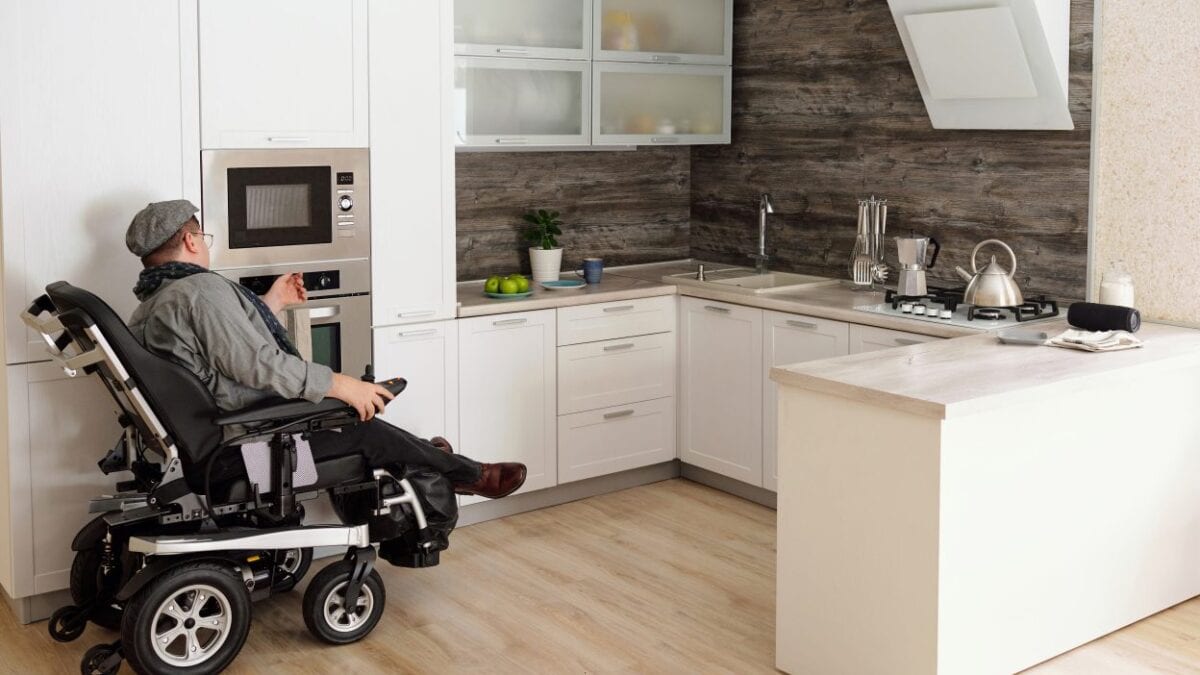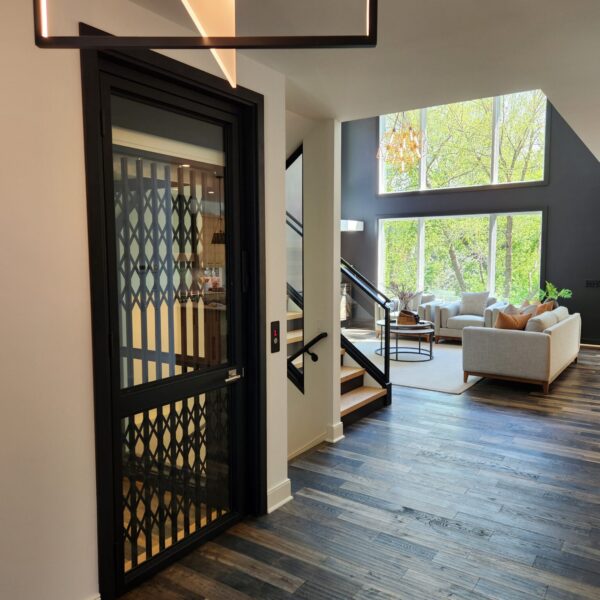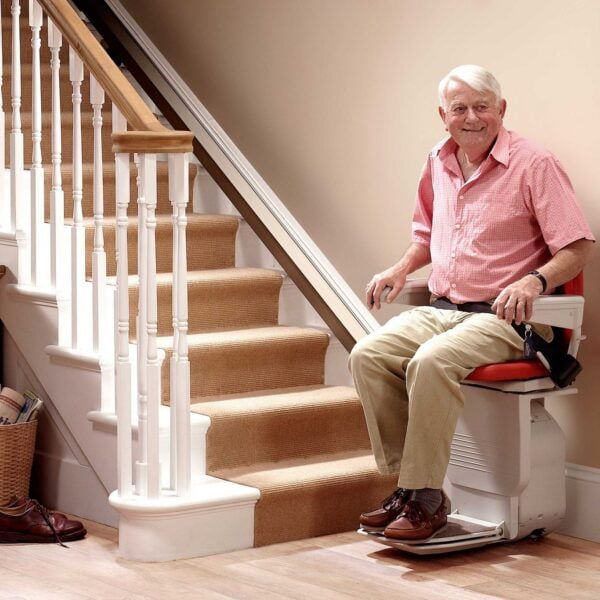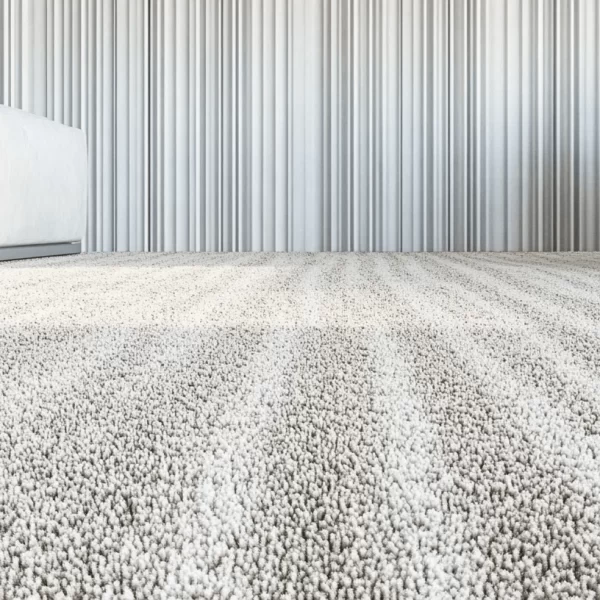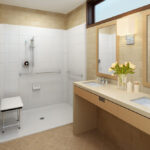
Your Guide to Top ADA-Compliant Fixtures for Handicap Bathrooms
January 7, 2025
Your Guide to Assessing Your Home for Aging-in-Place Upgrades
January 21, 2025Creating a home accommodating everyone’s needs isn’t just about functionality—it’s about fostering independence, safety, and inclusivity. Handicap-accessible home modifications are often associated with individuals who have disabilities, but their benefits extend to all age groups and life stages. From young families to aging adults, these thoughtful adjustments transform houses into comfortable, welcoming spaces for everyone.
Whether you’re planning for the future, supporting a loved one, or simply embracing universal design principles, which advocate for the creation of products and environments that are usable by all people to the greatest extent possible, regardless of age or ability, accessible home modifications can profoundly impact daily life. This article explores the top 10 benefits of these upgrades and why they’re a valuable investment for every home.
1. Enhanced Safety for Everyone
Security is a top priority in any home, and accessible modifications significantly reduce the risk of accidents. Features like bathroom grab bars, slip-resistant flooring, and well-lit hallways minimize falls, which are a leading cause of injury for children and older adults. Wider doorways and smooth transitions between rooms prevent tripping hazards, especially for wheelchair users or those with mobility aids. These features instill a sense of security, reassuring homeowners that their loved ones are safe.
Families with young children also benefit from these adjustments. For instance, ramps instead of stairs make it easier for parents to navigate strollers, and accessible shower designs can double as child-friendly bathing spaces. By prioritizing safety, these changes create a secure environment for every household member.
2. Improved Accessibility Promotes Independence
Accessible home modifications empower individuals to maintain their independence. For wheelchair users or individuals with limited mobility, features like roll-in showers, adjustable countertops, and lever-style door handles eliminate physical barriers. These changes allow residents to perform daily tasks, such as cooking or bathing, without assistance.
Independence isn’t just vital for people with disabilities—it’s crucial for aging adults as well. Aging in place becomes possible with thoughtful designs that adapt to mobility changes over time. By fostering autonomy, these modifications improve quality of life and reduce reliance on caregivers.
3. Future-Proofing Your Home
Planning for the future is an innovative approach to homeownership. Accessible modifications ensure that your home remains functional and comfortable as your needs evolve. Installing features like wider doorways, non-slip flooring, and zero-step entrances today prevents costly renovations later.
Future-proofing also adds long-term value to your property. Potential buyers increasingly seek homes that accommodate diverse needs, making accessible designs a marketable feature. By embracing universal design principles, you’re not only investing in your family’s well-being but also boosting your home’s resale value.
4. Increased Comfort and Convenience
Handicap-accessible designs enhance comfort and convenience for everyone, not just those with disabilities. Motion-sensor lighting makes navigating dark hallways easier, while open floor plans create airy, spacious environments. Kitchens with pull-out shelves and touchless faucets simplify meal prep for busy families and individuals alike. These features bring a sense of ease and comfort to daily life, making living in the home a more enjoyable experience.
Parents carrying young children, individuals recovering from surgery, or even guests with temporary mobility challenges will appreciate the thoughtful touches. By focusing on accessibility, these modifications make daily living more efficient and enjoyable for all.
5. Fostering Inclusivity and Welcoming Guests
An accessible home isn’t just beneficial for the residents; it’s also a welcoming space for visitors. Family members or friends with disabilities, elderly relatives, and even new parents with strollers feel more comfortable and included when they can navigate your home with ease.
Adding features like wheelchair-accessible bathrooms, wider hallways, and ramps ensures that everyone feels at home. By fostering inclusivity, you create a warm and inviting atmosphere for gatherings, celebrations, and day-to-day interactions.
6. Reduced Stress for Caregivers
Caregiving can be physically and emotionally demanding, but accessible home modifications alleviate some of the burden. Features like ceiling lifts, walk-in tubs, and adjustable height counters reduce the physical strain of assisting loved ones. These modifications streamline caregiving tasks and make it easier to provide support without compromising safety or comfort.
For families managing multigenerational living arrangements, accessible designs ensure that everyone’s needs are met. Caregivers can focus on quality time with their loved ones instead of worrying about navigating physical barriers.
7. Boosting Mental Well-Being
A home designed for accessibility fosters a sense of freedom and dignity, which positively impacts mental health. Individuals who can navigate their environment without constant assistance often feel more confident and self-sufficient. This boost in mental well-being applies to people of all ages, from children to seniors.
In addition, the stress of managing inaccessible spaces is alleviated for both residents and their families. By creating an adaptable, barrier-free home, you cultivate an environment that supports physical and emotional well-being.
8. Promoting Active and Healthy Lifestyles
Accessible home designs encourage movement and activity by removing physical barriers. Open spaces and easy-to-navigate layouts make it easier for residents to engage in daily exercise, whether it’s walking around the house, using exercise equipment, or practicing physical therapy routines.
Outdoor modifications, such as wheelchair-friendly paths or ramps to the garden, inspire more time spent outside. These features promote active lifestyles, which are essential for maintaining physical health and overall vitality.
9. Customizable Solutions for Diverse Needs
One of the most significant advantages of accessible modifications is their adaptability to individual needs. For instance, voice-activated lighting can be installed for those with limited mobility, and custom grab bars can be placed at specific heights and angles for maximum comfort and safety. These solutions can be tailored to fit specific preferences and challenges. Homeowners can work with designers and contractors to create spaces that address their unique requirements without compromising style or functionality.
Customizable solutions ensure that your home reflects your family’s personality while meeting practical needs. This flexibility makes accessible design an appealing choice for households of all types.
10. Contributing to Sustainable and Inclusive Communities
Accessible homes are part of a broader movement toward inclusive and sustainable communities. By investing in modifications that accommodate diverse needs, homeowners contribute to a culture of equity and respect. These designs help normalize accessibility as a standard practice, encouraging others to adopt similar principles.
Inclusive housing also supports aging populations, enabling seniors to remain active members of their communities. When more homes are designed with accessibility in mind, neighborhoods become better equipped to meet the needs of all residents, fostering a sense of unity and shared responsibility.
Designing for Dignity and Inclusivity
Handicap-accessible home modifications aren’t just about meeting specific needs—they’re about enhancing the lives of everyone who enters your home. By prioritizing safety, independence, and inclusivity, these changes create environments where people of all ages and abilities can thrive. From improving mental well-being to future-proofing your home, the benefits of accessible design are as diverse as the families they serve.
Whether you’re planning a single-room upgrade or a full-scale remodel, embracing accessible modifications is an investment in dignity, comfort, and community. Start today and transform your house into a space that truly feels like home for everyone.

Introducing Jeff Cates, the visionary Founder and Owner of CAPS Remodeling. After experiencing a profound personal event involving his son in 2007, Jeff was inspired to serve a higher purpose: to create safer, more comfortable, and independent living conditions for the elderly and disabled by modifying their current homes. Jeff’s deep-seated religious beliefs form the moral compass that steers CAPS daily operations. Apart from his unwavering dedication to his work, Jeff finds joy in boating and cherishing moments with his family.

